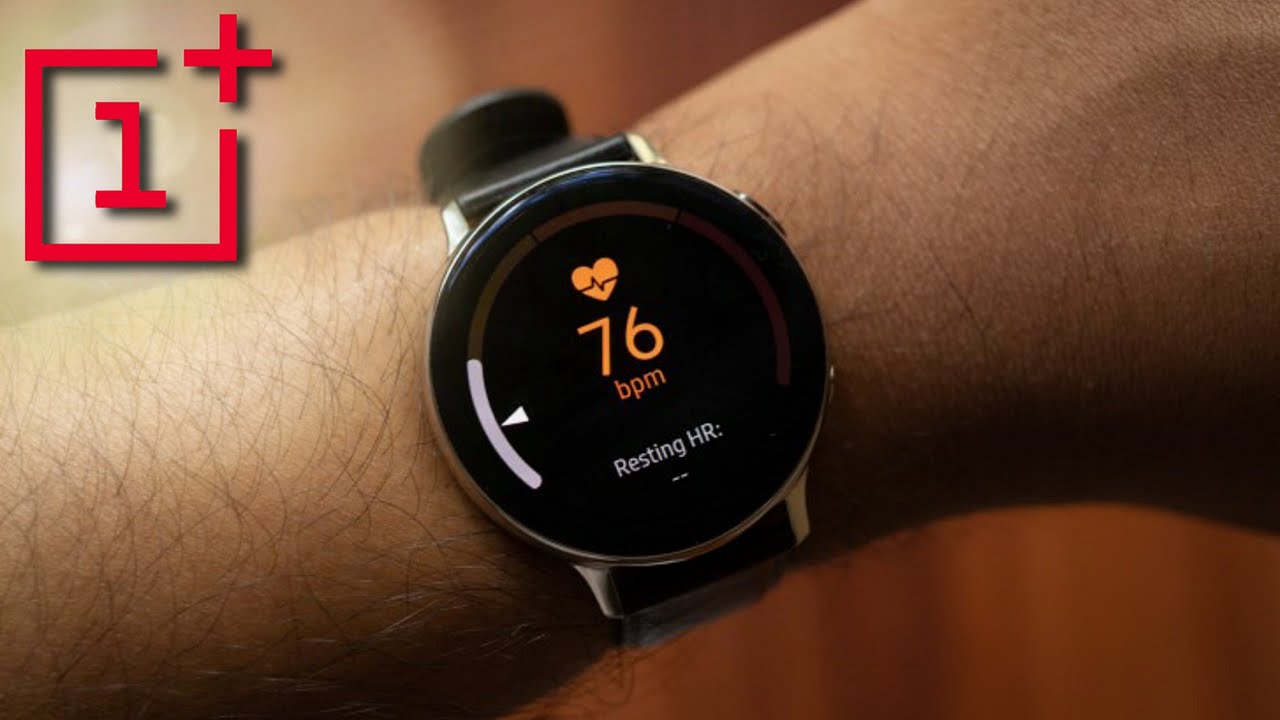In the beginning, social media promised to connect us to existing friends, help us form new relationships, and as a result help make us find happier lives. Facebook, initially, was just a way for new students to meet new friends, Quora was a way to get crowdsourced answers, and Twitter sort of a way to alert friends about things they might find interesting.
Today Facebook is the home of fake news, with way too many ads for companies focused on finding new ways to cheat you out of your hard-earned money. Twitter is increasingly a place to experience or hand out abuse. Quora, which ironically is a source for the cause of this problem, has drifted into providing a forum for those that like alternative history.
All are guilty of allowing unhealthy manipulation, are increasingly viewed as existential risks, and it is increasingly hard to argue against the impression that the brilliant people avoid these platforms. This suggests that, eventually, governments will grow tired of these services and either fine them into obsolescence or treat them like utilities with heavy government oversight — or even government control or ownership.
I like to think of solutions to problems, not just point out that outcomes are dire — so let’s do both this week. Let’s talk about what is likely to happen to social media companies and how they might work to prevent that outcome. We’ll close with my product of the week, a category-busting new smartwatch from OnePlus that will ship in a few days.
The Problem: Who’s The Customer?
One of the unfortunate things that survived when the Internet bubble burst a couple of decades ago was this idea that users and customers could be decoupled by providing free services to users that advertisers paid for. This decoupling is at the heart of the problem.
When you dissociate users of a product from the revenue stream that supports it, the user’s health and wellbeing, let alone their satisfaction, becomes unimportant. The users aren’t paying for the service, so what you do to them, unless it gets them to stop using the service, is a far lower priority than keeping the advertisers who pay for the service happy.
As long as eyeballs continue to grace the service pages, misleading people, defrauding them, or allowing others to lie to them in attractive ways, is simply part of the revenue model. As long as it is profitable to feed these users false news they want to believe, then the social media companies are ok with it; as long as users continue to fall for scam ads from advertisers paying for them, that’s cool too.
In short, other than the reminder that someday, if these services don’t improve, they may be shut down or taken over, the industry is financially discouraged from making substantive changes. Even funding an effort to improve the benefits of social media from the user’s standpoint is problematic; because it has no connection to revenue, and it might possibly cause revenue to erode.
When ethics come into conflict with revenues, ethics tends almost always to lose. At the heart of the problem is that social media’s incentives are directly opposed to making these platforms safer and more beneficial for those that use them.
Fixing Social Media
Since the core problem resulted from the decoupling of revenue from the user, the fix will likely start with coming up with ways to provide benefits that the user might find valuable enough to fund. Because social media posts are tied to your brand, perhaps a service that highlighted things that you should comment on and repost to advance your brand, and red-flagging things that might hurt it, would be worth funding.
You likely could focus on brand protection, but that kind of sounds like a shakedown program given that social media is the cause of the risk. I’ve certainly seen companies’ employees get aggressively proactive in generating damage for those that don’t pay for services like this, so protection alone seems to come with too many risks.
Things I’d pay for are curated connections to people that would help my career or further efforts, political, social, environmental, etc., in which I’m interested. Social media should already know a ton about my interests, close friends, goals, and desires. It could also curate the products it offers to assure that they are good values and present the ads in terms of things I might need, and then assure that what was promised in the ad was delivered in the product.
It is never good when your service is highlighted as the increasing source of scams.
At the heart of this effort should be to restore trust with users, rather than being a place where users are manipulated against their interests, cheated, and abused. Instead, social media should become a safe place where you can trust the content regardless of what that content is.
One area needs particular focus, and that is politics. Just fact checking the comments isn’t enough because people increasingly think that fact checkers are themselves biased. However, because these networks know so much about you, they could surface positions that would benefit you and flag those that do not.
In other words, get under the rhetoric and focus on the parts that impact your life. I can envision three alerts, no material impact, positive impact, and negative impact, with a link to explain why that position was taken for transparency and to further bolster trust in the service.
Wrapping Up
Netting this out, paid social media would become a place that would help your career, improve the quality of your friendships (not just the number of fake friends), and help you make decisions that would improve the quality of your life on your terms.
I believe most of us would find value in a service that would help us make better buying decisions, improve the number of our close friends, enhance our careers, and improve our brand.
In short, I’m proposing a social media service that would come with a fee; and that shifted from selling our eyeballs to third parties to one that focused on improving our lives according to our unique needs and personalities. Maybe, the result would be a better world — not just one that was more lucrative for the existing social media companies.
But as long as social media companies are only compensated for holding your attention, they are unlikely to make the critical changes needed to turn them from a planet-scale liability into a personal asset.

The OnePlus Watch
Later this week on April 14, OnePlus is slated to launch a watch that could change the smartwatch landscape. There are two huge advantages this watch has that stand out as game changers. Those are the impressively low $159 price, and a battery life measured in days (up to 14) rather than hours — and it takes only 20 minutes, or about the time it would take you to get ready for work, to charge it fully.
The watch has the usual heart rate sensors, is water-resistant enough to wear swimming (or diving down to 164 feet) and has one of the newer post-pandemic features for blood oxygen levels.
There are typically three problems with most existing smartwatches. They are too expensive for most, starting typically around $500 and going up from there; they don’t have enough battery life to last through daylight, let alone all night for sleep monitoring; and they need proximity to your smartphone to work.
The OnePlus Watch addresses the first two of these problems very well with an aggressive price and long battery life. Sadly, making the smartphone redundant has a considerable power and price penalty: you can have a watch that replaces your smartphone, or one with long battery life and a low price, but at the moment not all three.

This watch will store up to 500 songs, it has onboard GPS (though using it will likely significantly reduce battery life), and it will allow you to answer your phone with it (assuming the phone is in Bluetooth range).
Although not as fitness focused as a Fitbit, it has 110 workout modes and 15 professional fitness modes, a step counter, and an accelerometer — on top of the aforementioned blood oxygen sensor and heart rate monitor.
Negatives are it won’t yet work with an iPhone; it uses OnePlus software, not Google Wear OS (which means you’ll need to learn a new interface). It does need a wireless connection to an Android watch for full capability, and it is pretty big for small wrists (no smaller size is available yet).
Still, the low cost, many days of battery life, and decent feature set make the OnePlus Watch a potential segment king — and my product of the week.























































Fake news has its main home at mainstream media/the TV. Of course the system knows that many people are turning off he TV so they have invaded the internet (which was always the plan). Social media is a virus to help destroy society, it creates tunnels and echo chambers for brainwashing the masses and of course its a tool for the system to spy on your every move. Dont use social media, and turn off the TV, you will find your life will improve